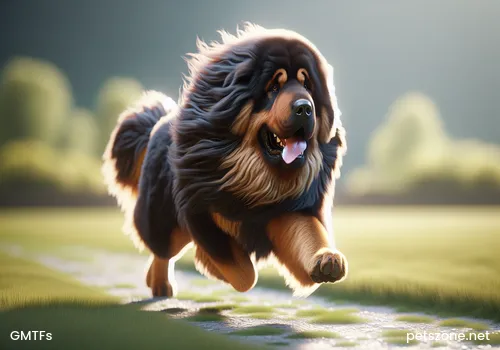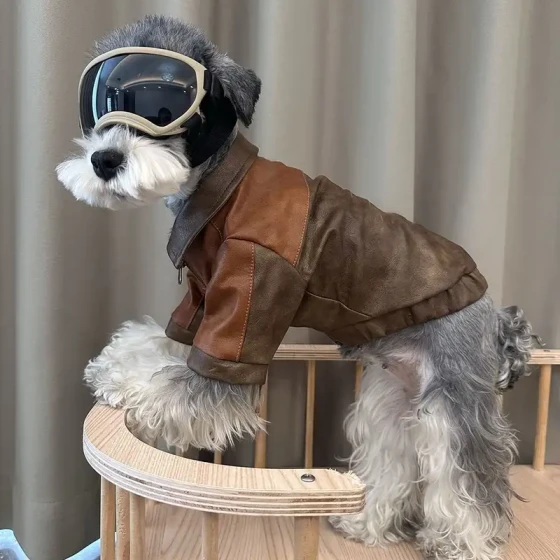Can a Husky Really Pretend to Be a Wolf?

Husky (detailed introduction)
The Husky first became popular because it looks like a wolf. Just from appearance, the Husky indeed has a wolf-like look, but its temperament is much gentler, so it is often used to represent wolves in some films and TV works. For example, in the recently aired "Chang'an Three Strange Detectives," viewers' enthusiasm was ignited by the legendary investigation. In the "Human to Wolf Transformation" segment, scenes of horror suddenly turned funny with the Husky's change in style, sparking heated online discussion.
In the plot of "Chang'an Three Strange Detectives: Human to Wolf Transformation," when the evil wolf appears, the crew used Huskies instead of fierce wolves. What should have been a terrifying scene instantly distracted the audience. Some netizens commented: The frightening scenes instantly turned adorable once the wolf became a Husky! Look at that "fierce" gaze, look at that "agile" move! Are you scared?! Many netizens also felt it was not satisfying enough.
The director Zhuang Yuxin expressed that the "Human to Wolf Transformation Husky" segment is indeed a big regret, as it couldn't bring audiences the ultimate realistic visual experience. However, there were considerations in production to use Huskies instead of wolves: "Wolves are untrainable and not very controllable; it's very difficult for humans to truly manipulate real wolves." Director Zhuang urged audiences to pay more attention to the careful crafting of character personalities and narrative structure and to appreciate the plot.
So what are the differences between Huskies and wolves?
1. First is the appearance. Wolf ears are upright and erect, with a tense upright feeling, while Husky ears do not stand like that but are tilted.
2. Next is the eyes. This is also most illustrated by netizens: "If you look closely, you will notice that a wolf's eyes slant upward at about 45 degrees, but a Husky's eyes don't have such a steep angle; they are more level."
3. Look at the mouth. The professional term for the wolf’s snout is "rostrum." As the name suggests, "a wolf’s mouth is sharper, but the Husky’s mouth is wider."
4. Fur color is also an important distinguishing feature. Ma Haiyan said that wolves in the wild mainly change their "coat" twice due to seasonal and environmental changes: one is earth color, the other is bluish; in comparison, Huskies have a "richer" variety of colors, including the common black and white and many other patterns.
5. Look at the limbs. If you look carefully, you will notice that a wolf’s forelimbs are thicker and stronger, while a Husky’s limbs appear more proportionate without much "muscle."
6. Look at the tail. Never forget the tail; a wolf’s tail is usually tucked or hanging down, whereas a Husky’s tail curls up.
7. Personality from an expert’s view. For animal trainers, the wolf’s personality is very "distinct": extremely vigilant, it will run away when strangers approach, but if it is a very close sudden contact, a frightened wolf may easily attack you; as for the Husky, it is gentler and therefore has become a pet loved by many dog enthusiasts in Nanjing.
Actually, any characteristic of wolves — including body shape, appearance, fur color, eye color, posture, howling — may appear in dogs. Especially since not all dogs are Pekingese or Chihuahuas; wild wolves themselves vary greatly in size, fur color, and eye color. Huskies, Alaskan Malamutes, Alpine wolves, and others are perfect materials for "spot the difference" games with wolves.
Revealing the Origin of the Husky
Siberian Huskies (siberian husky) are an ancient primitive breed. The name comes from the Husky's unique hoarse call. In the original tribes of the Chukchi people in northeastern Siberia, this wolf-like breed was used as the primitive mode of transportation to pull sleds. They used these dogs to hunt and raise reindeer or to breed the dogs and carry them out of their frozen lands to exchange for food and warmth. Because Huskies are small, sturdy, have small appetites, no body odor, and are very cold-resistant, perfectly suited to polar climates, they became important possessions of the Chukchi people.
Although Huskies arrived early in the United States, the American Kennel Club (the American kennel club) officially recognized the Husky as a purebred dog in 1930 and established the breed standard. Later, some American Husky enthusiasts founded the Siberian Husky Club of America (SHCA) in 1938, marking the Husky's true acceptance by the world.



